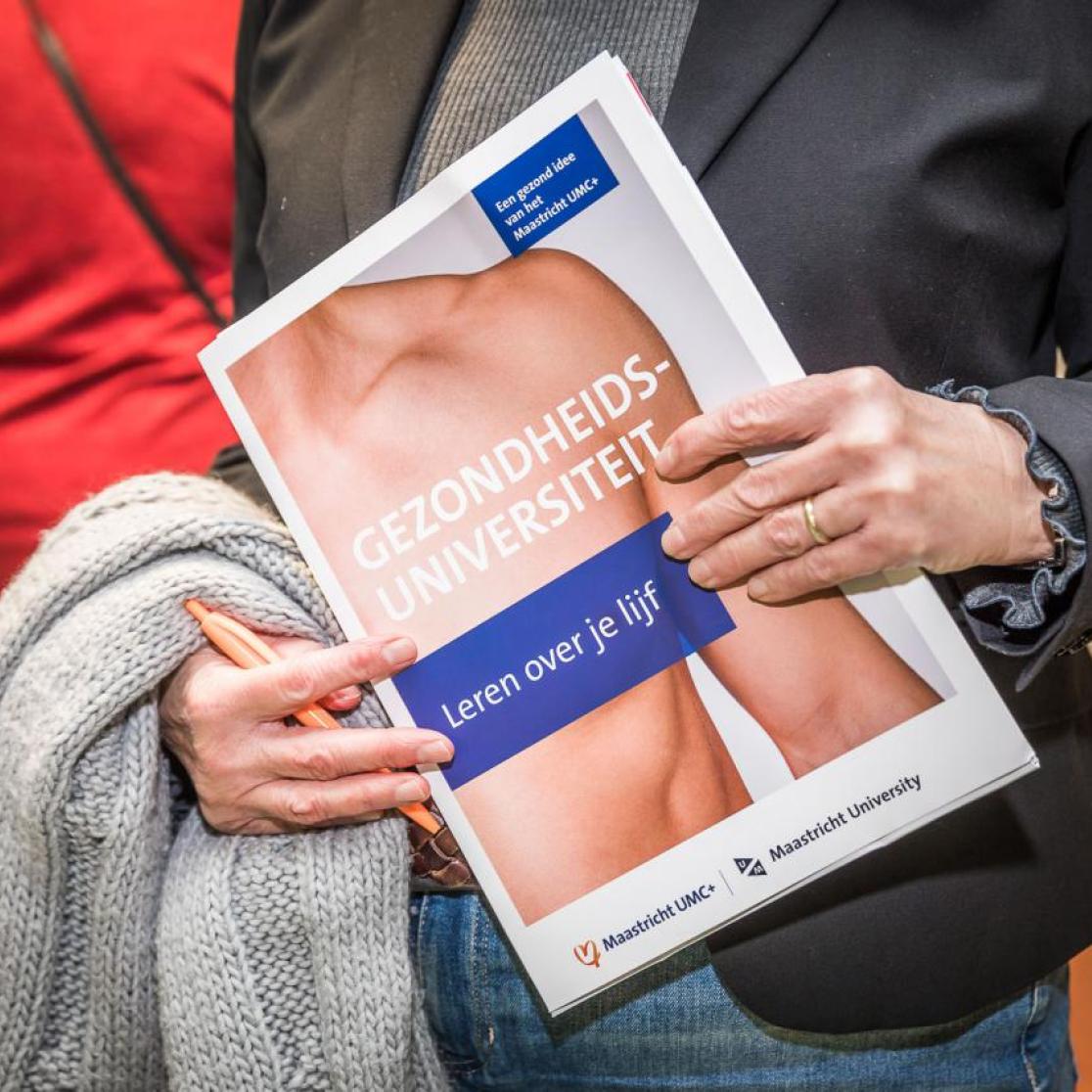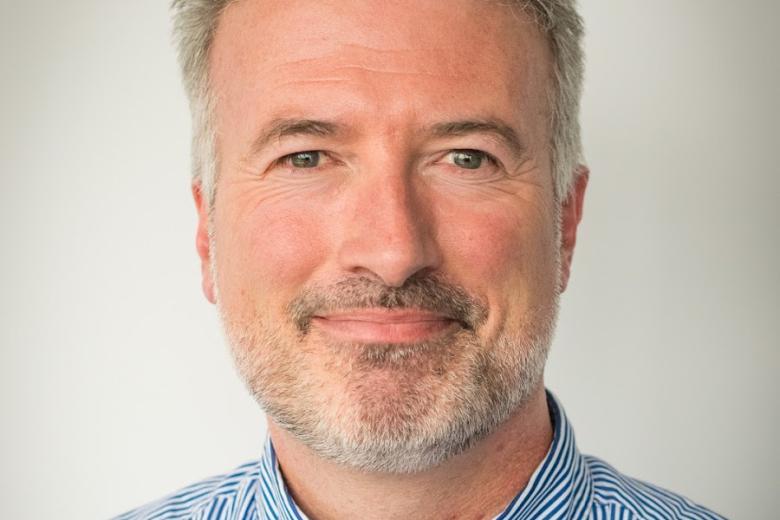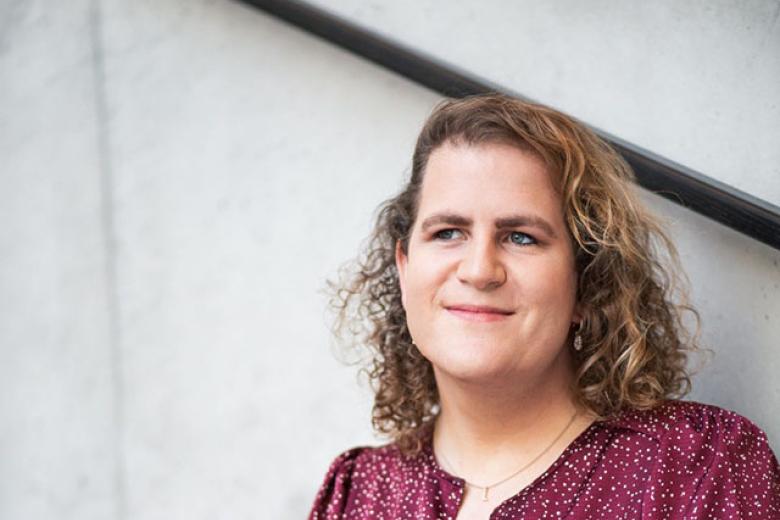Health University prefers to educate in everyday language
The Health University is a partnership between Maastricht UMC+ and Maastricht University that is run entirely by students. The program includes a series of online meetings in March that target a broad audience. And it will be given in language that everyone can understand.
Two of the three meetings are dedicated to innovative medical equipment with a leading role for startups and other companies at Brightlands Maastricht Health Campus. The first meeting will be held on Wednesday evening, March 10. Speakers include professor and ear specialist at Maastricht UMC+ Herman Kingma and Paul Kwant of Maastricht Instruments. They are the brains behind the BalanceBelt, a vibrating band that helps improve mobility in people with balance disorders.
Everyday language
They use “everyday language” to explain how the vestibular system works, as well as the innovation that is the result of many years of work. “It’s not a scientific treatise or an incomprehensible technical explanation,” emphasizes Charlotte Wiersma, Health University board member. “Our meetings are intended for laypersons, ‘ordinary’ people who are interested in health and curious about what researchers and doctors are inventing and working on. This is the goal of the Healthuni: to inform a broad public in way they can understand. After the presentations, the audience has the opportunity to ask questions.”
Audience
The Health University was founded in 2012 by medical students at Maastricht University with support from MUMC+ and later, Brightlands Maastricht Health Campus. Each year, two series of five sessions each are held on a particular theme. “The first part of the evening might feature a lecture on the heart, for example, which is given by a doctor. After the lecture, education groups are formed with students who engage in a dialog with the audience. The challenge is to make sure everyone can understand what we’re talking about. For us as medical students, this is essential. After all, we will also be expected to explain to patients what is going on and which treatments we recommend. Gone are the days when doctors could communicate using often incomprehensible medical terminology.”

Also read
-
Empowering Smallholder Farmers in the Data Economy: Unlocking Opportunities and Overcoming Obstacles
Frederik Claasen, the head of policy at our partner organisation Solidaridad Network on the opportunities and obstacles facing smallholder farmers in their data ecosystems.

-
UM SPORTS, also for all your team building activities
Together with you we will create a unique and tailor-made program, taking into account everyone's wishes and needs.

-
Soft landing in Vienna
After several rocky years, Maastricht University alum Lea Vink has found her feet in Vienna. Professionally, she is taking new steps at the crossroads of aviation and organisational psychology. And on a personal level, luck has smiled on her since her transition from man to woman.
